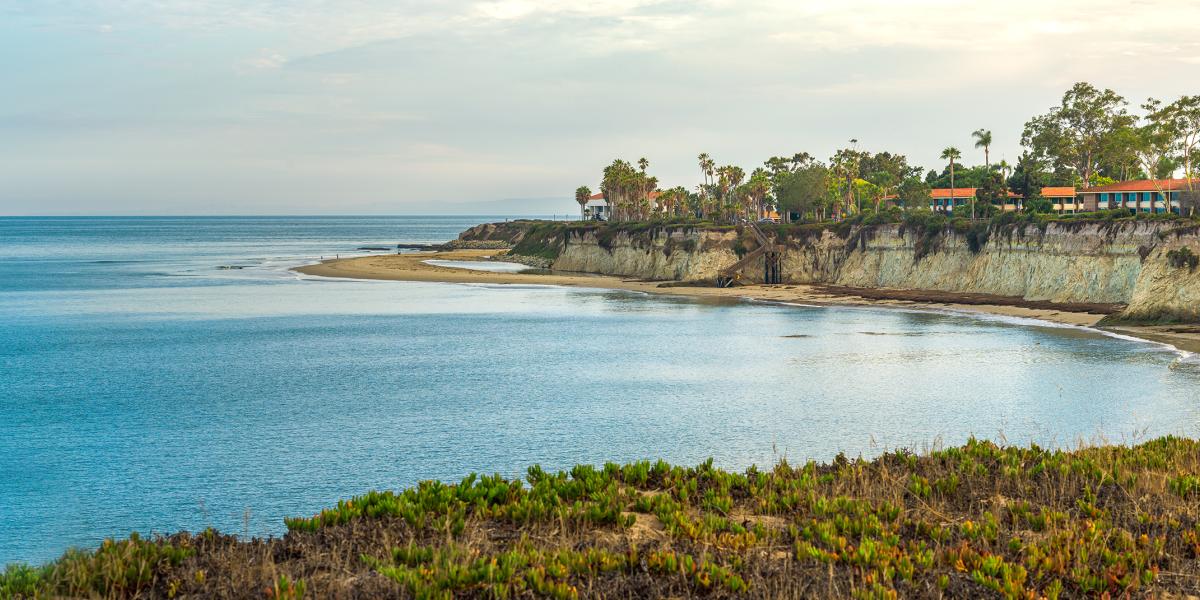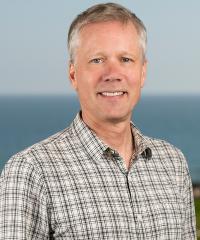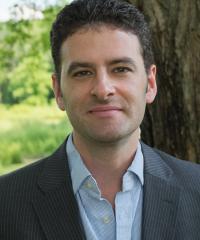
When is thirty equal to twenty? This year marks the 30th anniversary of the Occasional Workshop, started by Bob Deacon and Charlie Kolstad back in 1993, but only the 20th time it has been held. So the answer is: when you count occasionally!
This year’s program included 10 full paper presentations with discussants (papers all linked here). If the Occasional Workshop were the quiz show Jeopardy! instead of an academic conference, we would have grouped these papers into the five categories below (and required all answers to be given in the form of a question).
1. Air pollution
We learned from Helene Ollivier that it’s really easy to get a doctor’s note in France. This means that when pollution blows in from Germany, worker absenteeism tends to go up, and firm sales tend to go down. By how much? A 10% increase in monthly PM2.5 exposure increases absenteeism by 1% in the same month.
So, reducing pollution will make workers show up, but will they work harder? Anshuman Tiwari addresses this question in a study of agricultural fires in India. He finds that reducing these fires, and the pollution that comes with it, makes workers more productive. Most of the gains come from direct effects on productivity, with limited increases coming through the migration channel.
2. Environmental policy
Want to know how regulation affects emissions from firms? Simple. Just compare regulated to unregulated firms within the same industry. Not so fast, says Geoffrey Barrows. If these firms compete in output markets, then the regulation will spill over from the regulated to unregulated firms and our standard diff-in-diff estimator won’t work. Fortunately, Geoffrey showed us how to get it right.
Environmental economists often take environmental policies as given, but Nouri Najjar offers us a glimpse into the sausage making. He finds that reductions in trade tariffs under NAFTA decreased support by U.S. legislators for environmental policies, and got some Democrats kicked out of office.
3. Coastal living
As attendees of the Occasional Workshop know, it’s very relaxing to be right on the ocean. But to make sure we don’t get complacent, Renato Molina and Thomas McDermott reminded us that we need to worry about hurricanes and sea level rise. The good news from Renato is that hurricane forecasts are getting a lot better and this has been reducing the damages from hurricanes. The bad news from Thomas is that we keep building in flood-prone cities along the coast, although maybe this makes sense because of agglomeration economies. Investment tip: buy property now on the land side of coastal cities.
4. Climate adaptation
Planting trees removes carbon dioxide from the atmosphere, but we learned from Charles Taylor that the benefits go well beyond this. The Dust Bowl prompted the U.S. government to undertake a large-scale afforestation program in the Great Plains to prevent further wind erosion. Charles showed us that it also affected the local climate in ways that increased crop yields.
But not all climate adaptation is a win-win. Ellen Bruno explained how California farmers pump more groundwater when drought reduces surface water allocations. This helps farmers buffer against climate shocks, but increases domestic well failures for nearby residents.
5. Environment and the public purse
Many governments have made pledges to reduce their greenhouse gas emissions as part of the Paris climate agreement. Geir Asheim explored how a nation’s own climate commitments, and the commitments of other nations, impact its ability to sustain the wellbeing of its citizens over time.
Should donations to environmental charities be tax deductible? Laura Grant argued that we should judge these deductions by comparing the foregone tax revenue against the change in the value of these charities’ activities due to the donations. In the case of donations to improve water quality, her results suggest that deductions may not produce enough value to compensate for their costs to the public coffers.
In addition to the full paper presentations, we had 11 egg-timer presentations on topics ranging from environmental markets to wildfire smoke to racial disparities in heat exposure. As if that wasn’t enough excitement for one conference, the 20th Occasional Workshop ended with a ride on Santa Barbara’s famous amphibious vehicle “The Landshark.” We think this may be the start of an occasional tradition!




